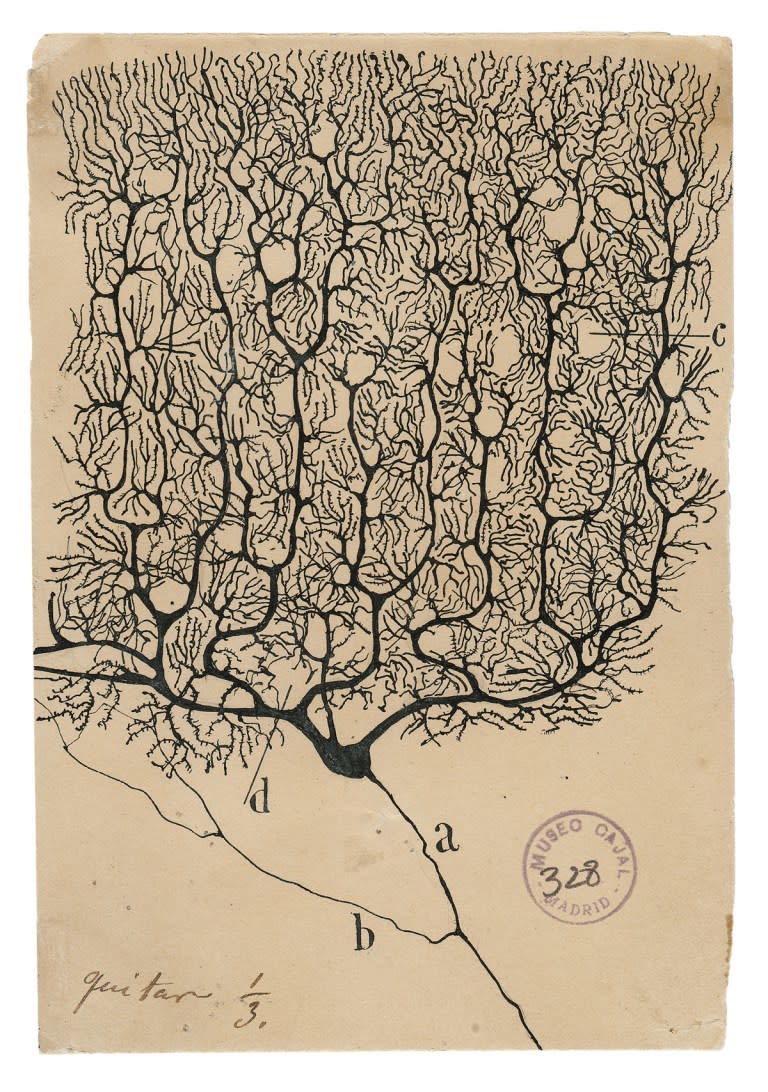Illustrator Roham Fayazi depicts unexpectedly colorful bacteria in a series of works titled Bacteria, Resist!. Based around a cover illustration created for Norwegian medical journal Tidsskriftet, the work was inspired by the journal’s discussion of antibiotic use in Norway.
“What is the first image that one can feel after hearing or reading the word ‘bacteria’? Most of us don’t really know what bacteria looks like,” Fayazi points out. Other than a hazy memory of high school science classes, most of us who aren’t microbiologists probably have a hard time picturing bacteria, despite their constant presence on, in, and around our bodies. “Based on what we studied in school and saw in the media about bacteria, we have an abstract image in our mind. This image can change constantly in our mind based on what we learn about bacteria. So this image can be anything.”
Fayazi initially created sketches in watercolor and ink on paper, and then layered these together on the computer. This interplay between analog and digital media adds conceptual weight to his aim of making a “connection between imagination and science” through this series. Fayazi’s bacteria illustrations call into question the supposed contrast between scientific and creative work.
Fayazi cites as inspiration the Spanish Nobel Laureate Santiago Ramón y Cajal, whose legacy bridges the gap between science and art. Cajal, who lived from 1852 to 1934, was a pathologist, histologist, and neuroscientist who helped advance science’s understanding of the brain through important anatomical discoveries. He was also a talented artist. Cajal produced an extensive oeuvre of intricately detailed drawings, documenting the brain right down to its smallest neuronal structures.


Some of Cajal’s drawings, from The Beautiful Brain. Left: glial cells of the cerebral cortex of a child; Right: a Purkinje neuron from the human cerebellum.
Fayazi was inspired by the works collected in The Beautiful Brain., a recent publication which offers a critical overview of Cajal’s visual work. “The abstract way of showing movement in his drawings is fascinating to me,” Fayazi says. In his works, a similar attention to detail can be seen, but the overall effect becomes more surreal with the addition of neon color.
“Microbiology is a great source of color inspiration. If you look at bacteria in a Petri dish it’s really colorful. Blue, pink, purple, yellow…depending on the light that they receive and their environment. Seeing some diagrams about the movement and velocity of bacteria and the way that they spread, the way that one bacteria can be the creator of billions, reminded me of the dispersion of white light in a prism.”
Find more of Roham Fayazi’s illustration at his portfolio, and find him on Instagram at @roham128.







More artwork to see:
The Artist Exploring the Long, Strange History of Birth Control
Roxana Azar’s Distorted Trees and Flowers
Illustrated GIFs Show How Plants Talk












